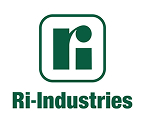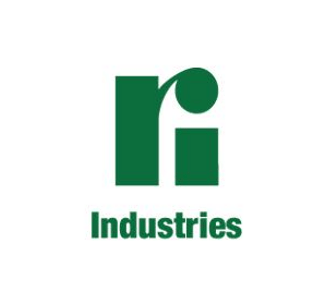Personal hygiene habits can help keep you healthy or, when done poorly, can make you susceptible to illness. With summer holidays and borders opening, now is a great time to review some extra bathroom tips to help keep you healthy.
The University of South Australia has recently conducted a study on public restrooms. In short, it highlighted the dangers of open toilet lids, uncovered rubbish bins and defective plumbing drains in spreading infections in public washrooms. To best protect yourself when using a public restroom, the authors of the study recommend you minimise your time in the bathroom, wash and dry your hands properly, and don’t use your mobile phone or eat/drink. With these precautions, your risk to infection and illness should be relatively low.
That covers public toilets, but what about the bathrooms in your home? We’ve previously shared articles with tips to help clean your bathrooms.
Our article, Helpful Household Cleaning Tips: Bathroom Edition offer these tips:
- Keep your toilet clean and fresh by scrubbing the inside bowl with toilet cleaner, white vinegar or bi-carb soda.
- Remove hard water stains with lemon.
- Remove shower scum with White Magic Eraser or White Vinegar.
For organic cleaning methods, read our article Natural Ways to Keep Your Bathroom Clean. Three simple tips from that article are:
- Daily Maintenance
- Use Natural Cleaners
- Safe Disposal
If you’re looking for information on natural cleaners, we have an article to help you too! Natural Cleaning Products for Your Home will instruct you how to use lemon, vinegar, and baking soda to clean different areas of your home.
Be sure to click over to each article for more details on each bullet point.
To wrap-up, wash your hands well, keep the bathroom clean, close the toilet lid when flushing, cover rubbish bins, and make sure the drains are functioning properly to best help reduce the risk of infection when using the toilet.
If you’d like information about our residential or commercial products, please click over to our website or call us at 08 8444 8100.


